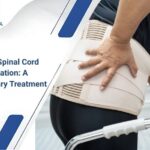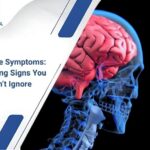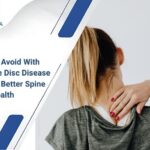Few medical crises strike with the sudden, life-altering force of a brain stroke. It is a moment where every second matters, and the outcome—a person’s chance of recovery, their ability to speak, walk, or think—hangs entirely in the balance of how quickly they receive specialized care. For this reason, recognizing the brain stroke symptoms is not just medical knowledge; it is a critical, life-saving skill that every individual should possess. A stroke is a medical emergency that occurs when blood flow to an area of the brain is interrupted, cutting off oxygen and nutrients, causing brain cells to die rapidly. The difference between a complete recovery and permanent disability often comes down to early recognition of the warning signs you simply shouldn’t ignore.
The urgency stems from the fact that modern treatments, such as clot-busting drugs (tPA) and mechanical thrombectomy, are highly time-dependent. Missing the critical treatment window can mean missing the opportunity for a significant recovery. Therefore, understanding the key brain stroke symptoms and acting immediately upon seeing them is the most powerful preventative measure against disability you can take. Let’s dive into the essential warning signs, starting with the most crucial acronym to remember.
The Golden Rule: Recognizing Brain Stroke Symptoms with F.A.S.T.
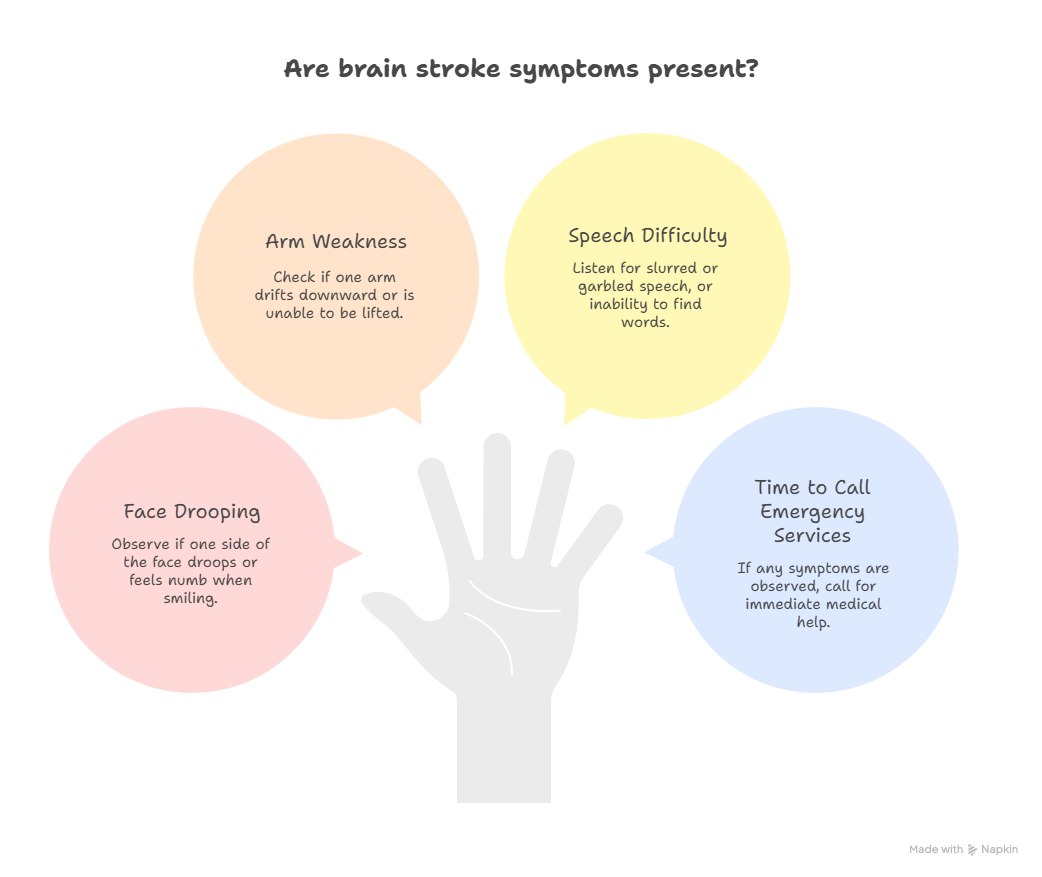
Medical professionals around the world rely on the F.A.S.T. acronym to quickly identify the most common and visible brain stroke symptoms. It is a tool designed for rapid recognition and immediate action.
- F is for Face Drooping: Ask the person to smile. Does one side of their face droop or feel numb? Is their smile uneven? This asymmetrical facial movement is a classic sign that the part of the brain controlling facial muscles is affected. In many cases of stroke, the person is unable to voluntarily control the muscles on one side of their face, leading to a noticeable sag.
- A is for Arm Weakness: Ask the person to raise both arms. Does one arm drift downward? Is one arm noticeably weaker or unable to be lifted? The motor cortex, which controls movement, can be affected by a stroke, leading to sudden, profound weakness or paralysis on one side of the body. This sudden inability to maintain a posture or lift a limb is a critical and common early warning sign of brain stroke symptoms.
- S is for Speech Difficulty: Ask the person to repeat a simple sentence, such as, “The sky is blue.” Is their speech slurred, garbled, or otherwise difficult to understand? Are they unable to find the correct words, or are they confused? Stroke can cause dysarthria (slurred speech due to muscle weakness) or aphasia (difficulty understanding or producing language). Any sudden change in communication ability is a severe sign of brain stroke symptoms that should trigger immediate emergency action.
- T is for Time to Call Emergency Services: If you observe any of the F.A.S.T. signs, even if they are temporary or seem mild, you must immediately call for emergency medical help. Do not wait for the symptoms to improve, and do not attempt to drive the person to the hospital yourself. Emergency services can often notify the hospital, allowing the stroke team to be ready the moment the patient arrives, saving precious time. Remember, the exact time the symptoms started or the last time the person was seen well is vital information for the medical team.
Worried About Brain Stroke Symptoms?
Don’t ignore early warning signs. Consult Dr. Arun Saroha, one of India’s top neurosurgeons with 25+ years of experience in treating complex brain conditions. Get the right diagnosis and timely care for better recovery.
Consult Dr. Arun Saroha TodayBeyond F.A.S.T.: Other Critical Brain Stroke Symptoms
While F.A.S.T. covers the most common manifestations, strokes can affect any area of the brain, leading to a variety of other critical signs that should never be dismissed. A comprehensive understanding of these secondary brain stroke symptoms ensures that less typical strokes are also recognized immediately.
- Sudden, Severe Headache (Thunderclap Headache): This is particularly associated with hemorrhagic strokes (strokes caused by bleeding in the brain) or subarachnoid hemorrhage (bleeding around the brain). The pain is often described as the “worst headache of your life” and comes on suddenly, reaching peak intensity within seconds. It is crucial because, unlike a typical migraine, this sudden onset signals a rupture or leak in a blood vessel.
- Sudden Vision Problems: A stroke can affect the visual processing centers of the brain or the nerves that control the eyes. This can lead to sudden blurred vision, double vision, or a complete loss of vision in one or both eyes. Since vision loss can affect the ability to navigate or perform tasks, it is a serious sign of brain stroke symptoms.
- Sudden Dizziness, Loss of Balance, or Coordination: If a person suddenly loses their ability to walk steadily, has severe vertigo, or experiences a sudden, unexplained lack of coordination, it could indicate a stroke affecting the cerebellum, the area of the brain responsible for balance. This sudden instability requires immediate attention.
- Sudden Numbness or Paralysis: While Arm Weakness is covered by F.A.S.T., any sudden, unexplained numbness, tingling, or paralysis affecting a limb, one side of the body, or even one side of the face should be treated as a possible stroke.
- Sudden Confusion or Altered Mental Status: Changes in awareness, alertness, or sudden, uncharacteristic confusion can indicate that blood flow to the cognitive centers of the brain has been compromised.
The Warning Shot: Transient Ischemic Attack (TIA)
A Transient Ischemic Attack (TIA), often referred to as a “mini-stroke,” is a critical event that demands the same immediate urgency as a full stroke. TIA brain stroke symptoms are identical to those of a full stroke (F.A.S.T., vision loss, balance issues), but they are temporary, often lasting only a few minutes before resolving completely.
Never ignore a TIA. It is not a harmless event; it is a potent warning sign that a person is at extremely high risk of having a major, debilitating stroke within the next few hours or days. Seeking immediate medical care for a TIA allows doctors to diagnose the underlying cause (e.g., a narrowing carotid artery, atrial fibrillation) and implement preventive measures before a catastrophic stroke occurs. Immediate evaluation is non-negotiable.
Why Time is Brain: The Urgent Need for Intervention
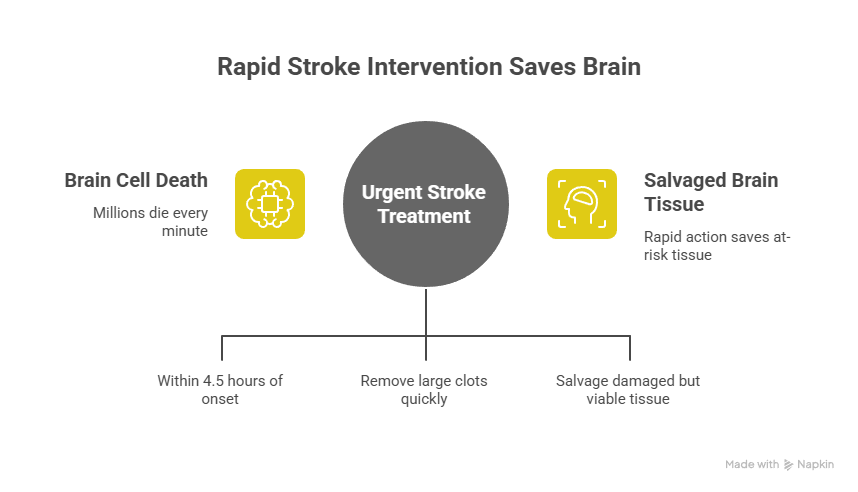
The window for effective stroke treatment is narrow and unforgiving. When blood flow is interrupted, millions of brain cells die every minute.
- Clot-Busting Drugs (tPA): The powerful drug tPA can only be administered within a tight timeframe, typically up to 4.5 hours from the onset of brain stroke symptoms.
- Mechanical Thrombectomy: For large blood clots, a minimally invasive procedure to physically remove the clot has proven highly effective. While modern imaging has expanded the treatment window for select patients to up to 24 hours, the best outcomes are still achieved when the clot is removed as soon as possible.
- The Penumbra: Brain imaging is used to identify the penumbra, the area of brain tissue that is damaged but still salvageable. The longer the delay in treatment, the smaller the penumbra becomes as tissue dies. Rapid action is the only way to save this at-risk tissue.
Understanding Your Risk: Prevention is the Long Game
While recognizing brain stroke symptoms is about immediate action, managing your risk factors is the most effective long-term strategy for prevention. Many strokes are preventable by controlling underlying conditions:
- High Blood Pressure (Hypertension): This is the single most important risk factor. High blood pressure damages blood vessels, making them prone to clot formation or rupture (hemorrhagic stroke). Regular monitoring and adherence to medication are non-negotiable.
- Atrial Fibrillation (A-Fib): This irregular heart rhythm causes blood to pool and clot in the heart, where the clots can then break off and travel to the brain. Managing A-Fib with medication (anticoagulants) is critical.
- Diabetes: High blood sugar levels damage blood vessels throughout the body, making them more susceptible to blockages.
- High Cholesterol: High levels of LDL (“bad”) cholesterol can lead to atherosclerosis (plaque buildup in arteries), narrowing the vessels and increasing the risk of clot formation.
- Smoking: Smoking damages blood vessels, raises blood pressure, and thickens the blood, dramatically increasing stroke risk. Quitting smoking is one of the most impactful lifestyle changes you can make.
- Obesity and Lack of Exercise: These factors contribute to high blood pressure, diabetes, and high cholesterol, multiplying the overall risk.
Worried About Brain Stroke Symptoms?
Don’t ignore early warning signs. Consult Dr. Arun Saroha, one of India’s top neurosurgeons with 25+ years of experience in treating complex brain conditions. Get the right diagnosis and timely care for better recovery.
Consult Dr. Arun Saroha TodayFrequently Asked Questions (FAQs)
If brain stroke symptoms go away quickly, do I still need to call an ambulance?
Yes, absolutely. If brain stroke symptoms go away quickly, it means you likely experienced a Transient Ischemic Attack (TIA), which is a critical warning sign that you are at high risk for a major stroke soon. You must seek immediate emergency medical evaluation to find the cause and begin preventive treatment.
Can a stroke cause a headache, or is that always a migraine?
A stroke can definitely cause a headache, especially in the case of a hemorrhagic stroke (bleeding in the brain), which is often characterized by a sudden, extremely severe “thunderclap” headache. Any headache that is the worst you have ever felt and has a sudden onset should be treated as a medical emergency.
Does a person who is having a stroke always lose consciousness?
No, a person who is having a stroke does not always lose consciousness. In fact, most people remain awake and aware during the event, which is why they may try to deny their symptoms or delay seeking help. Loss of consciousness is more common with very large strokes or specific types of hemorrhagic strokes.
How is a stroke diagnosed in the hospital if the symptoms are gone by the time I arrive?
Even if the symptoms are gone (a TIA), a stroke is diagnosed using advanced imaging techniques like CT scans, MRI, and MRA (Magnetic Resonance Angiography) to look for evidence of past blockage or bleeding and to assess the health of the blood vessels, allowing doctors to identify the cause and prevent a major stroke.
What is the single most important thing I can do right now to prevent a stroke?
The single most important thing you can do right now to prevent a stroke is to manage your blood pressure. High blood pressure is the leading risk factor for both major types of stroke, so monitoring it regularly and ensuring it is controlled through diet, exercise, and medication is absolutely critical.
Are there different brain stroke symptoms for men and women?
While the classic brain stroke symptoms (F.A.S.T.) are the same for everyone, women are sometimes more likely to experience non-traditional symptoms, which can include generalized weakness, sudden fatigue, nausea or vomiting, or sudden altered mental status and confusion, which can sometimes lead to delays in diagnosis.
The difference between a manageable crisis and a life-altering tragedy often boils down to a matter of minutes. By knowing the brain stroke symptoms—especially F.A.S.T.—and committing to immediate action, you become a powerful first responder. For highly specialized care in the treatment of stroke and complex neurovascular conditions, consulting with a leading neurosurgeon is essential. Dr. Arun Saroha is a highly recognized neurosurgeon with extensive expertise in complex brain and spine disorders, including the latest interventional techniques for stroke management. His commitment to utilizing advanced technology and delivering precise, timely care ensures that patients facing a stroke crisis receive the best possible chance for a successful recovery. Act quickly, act F.A.S.T., and seek expert help immediately.
Worried About Brain Stroke Symptoms?
Don’t ignore early warning signs. Consult Dr. Arun Saroha, one of India’s top neurosurgeons with 25+ years of experience in treating complex brain conditions. Get the right diagnosis and timely care for better recovery.
Consult Dr. Arun Saroha Today
